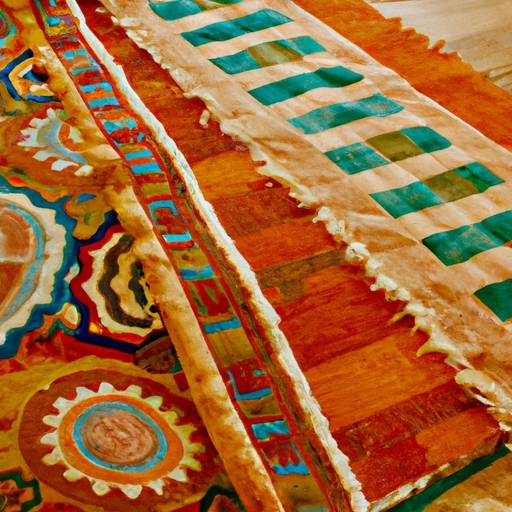Native American wool rugs
History and significance of native style carpets in interior design
Wool rugs hold a deep history and cultural significance in Native American tribes. For centuries, wool has been an essential material in the creation of intricate and beautiful rugs that not only serve as practical items for warmth and comfort but also as pieces of art that reflect the rich traditions and stories of indigenous peoples.
The use of wool in rug-making can be traced back to the early days of Native American tribes, where sheep were raised for their wool which was then spun into yarn and dyed with natural pigments derived from plants and minerals found in their surroundings. The process of weaving these yarns into rugs was a skill passed down through generations, with each tribe developing its unique style and patterns that often held symbolic meanings related to nature, spirituality, or tribal history.
Native American wool rugs are not only functional items but also carry spiritual significance for many tribes. They are often used in ceremonies, rituals, and special occasions to honor ancestors, seek protection, or celebrate important events within the community. The intricate designs and patterns woven into these rugs are believed to hold spiritual power and are considered sacred by many tribes.
Today, Native American wool rugs continue to be highly valued for their craftsmanship, beauty, and cultural importance. They are sought after by collectors and enthusiasts worldwide who appreciate the artistry and tradition behind each piece. As we admire these stunning creations, let us remember the history and cultural significance they hold for Native American tribes – a testament to their enduring legacy of creativity, resilience, and connection to the land.
native style interior design carpets
